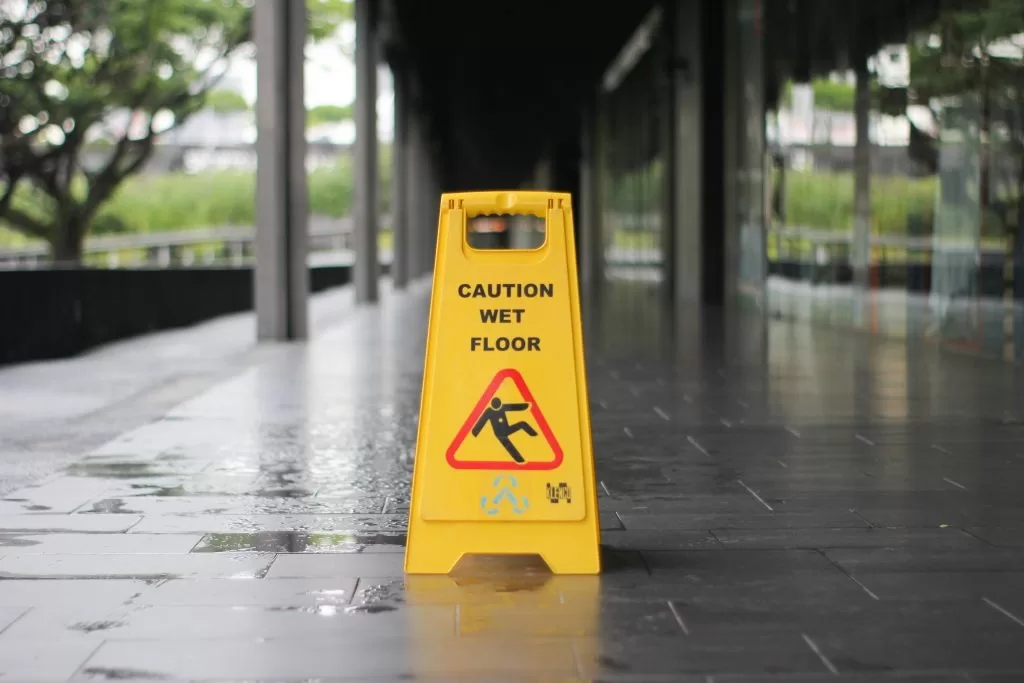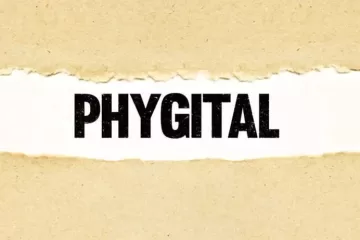
The “Slippery When Wet sign”, often relegated to the periphery of our attention, holds a depth and complexity that warrants deeper exploration. Beyond its immediate function as a safety warning, it serves as a captivating lens through which we can examine historical shifts in awareness, legal considerations in accident prevention, and cultural adaptations aimed at fostering a collective sense of responsibility.
A Historical Snapshot: From Industrialization to Globalization
The emergence of the “Slippery When Wet” sign can be traced back to the burgeoning industrial revolution of the early 20th century. As workplaces became increasingly complex and diverse, the need for standardized safety measures became paramount. This shift spurred the development of a universal language of caution, manifested in the iconic “Slippery When Wet” sign alongside a plethora of other standardized signage. This marked a pivotal moment in the evolution of workplace safety, democratizing risk awareness and empowering individuals to navigate their surroundings with greater vigilance.
Evolving with the Times: The Sign’s Adaptability
The “Slippery When Wet” sign is not a static entity frozen in time. Instead, it has demonstrated remarkable resilience and adaptability, mirroring the ever-changing needs of a globalized society. To cater to diverse populations and enhance accessibility, bilingual variations have emerged, featuring translations into various languages. Additionally, pictograms have been incorporated to communicate the message to non-readers, ensuring inclusivity and universality. In an effort to engage younger audiences, humorous renditions featuring cartoon characters have also appeared, injecting a playful element into a potentially somber message. These adaptations highlight the sign’s remarkable versatility and its ability to transcend language and cultural barriers, ensuring its message resonates with a wider audience.

Beyond Compliance: Legal Considerations and Shared Responsibility
The use of “Slippery When Wet” signs is not solely motivated by a desire for safety; it also extends into the realm of legal responsibility. Regulations governing the use of such signage vary across jurisdictions, with some countries and localities mandating their presence in specific situations. This is particularly relevant for businesses, as their absence or improper placement could lead to potential liability for accidents. By understanding and adhering to local regulations, businesses can ensure compliance, manage risk proactively, and ultimately foster a safe environment for their employees and customers alike.
Optimizing Impact: Best Practices for Implementation
To unlock the true potential of the “Slippery When Wet” sign and maximize its impact on safety, thoughtful implementation strategies must be considered:
Strategic Placement
Signs should occupy strategically chosen locations, such as entrances, exits, and areas surrounding potential hazards. This ensures optimal visibility and effectively communicates the message to all individuals navigating the space.

Maintaining Visibility
Regular cleaning and replacement of faded or damaged signs are crucial for ensuring their effectiveness. Additionally, adequate lighting in dimly lit environments further enhances visibility and ensures the message is readily seen.
Clarity and Simplicity
Utilizing standardized symbols and concise wording, the message conveyed on the sign should be clear, direct, and easily understood by all viewers, regardless of their cultural background or language proficiency.
Combined Approach
The effectiveness of signage can be significantly enhanced when coupled with other preventative measures, such as the use of non-slip surfaces and floor mats. This multi-pronged approach tackles potential hazards from various angles, further reducing the risk of accidents.

Beyond Signs: Cultivating a Culture of Safety of Wet Sign
While the “Slippery When Wet” sign plays a vital role in fostering a safe environment, its effectiveness can be amplified exponentially by cultivating a broader culture of safety. This involves actively promoting safety awareness through educational initiatives and training programs, empowering individuals to take ownership of their safety and adopt proactive measures to prevent accidents. By fostering a collaborative effort towards safety, we can create a world where individuals feel empowered to contribute to their well-being and the well-being of those around them.
Conclusion: A Legacy of Vigilance and Responsibility
The “Slippery When Wet” sign, with its seemingly straightforward message, transcends its simple appearance to represent a profound legacy of vigilance and shared responsibility. By exploring its historical context, legal implications, and best practices for implementation, we gain a deeper appreciation for its significance and the critical role it plays in safeguarding our well-being. Recognizing its potential beyond a mere warning, we are empowered to actively engage in creating a culture of safety, where awareness, responsibility, and proactive measures work in unison to create a safer world for all.















